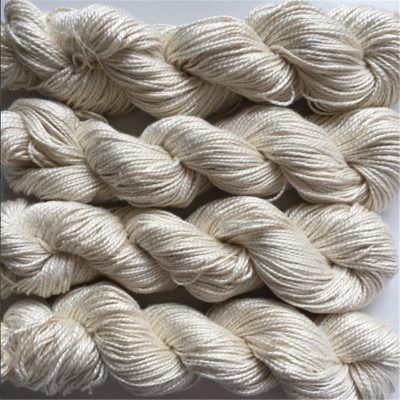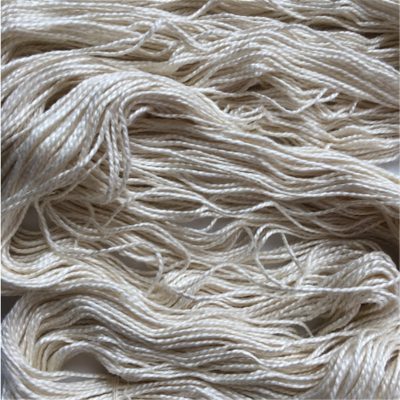Cashmere yarn is a yarn refined from cashmere as raw material through a complete spinning process and a strict quality control system. Cashmere yarn is divided into woollen cashmere yarn, worsted cashmere yarn and semi-worsted cashmere yarn according to different spinning processes; it is divided into knitting cashmere yarn and woven cashmere yarn according to the purpose; it is divided into pure cashmere yarn according to the content of cashmere And blended cashmere yarn, where the cashmere content is more than 30% and less than 95% is cashmere blended, and the cashmere content is less than 30% is not cashmere yarn. The knitting factory selects cashmere yarns of different counts (public counts, such as 2/26, 3/68, 2/80, etc.) to process cashmere sweaters or other cashmere products with different needle types and styles according to order requirements.
The production and processing of cashmere yarn has a complete technological process, and each link is very important and interlocking. Taking woollen cashmere yarn as an example, the production process is as follows:
Dye the combed hairless wool according to the requirements of the order → dehydration → drying → knitting (if the order is cashmere yarn of primary or natural color, dyeing, dehydration and drying are not necessary). He velvet (also called Hemao) process: According to the process requirements, process the composition mixture (various fiber raw materials for spinning) (such as opening, removing impurities, etc.) → evenly distribute the processed fibers according to the proportion of wool Mix, add proper proportion of Japanese crude oil during this process.
Carding process: Use a carding machine to process the mixed material of the above and wool (also called wavy) and the past into roving (also called “small top”)
Spinning process: The roving (also called “small top”) combed in the above carding process is drafted and twisted to form a spun yarn with a spinning frame, and then wound into a certain shape of yarn ear.
Cone and twisting process: use a winding machine to change the spun yarn into a tube, and remove the thin or thick yarns at the same time → use a doubling machine to combine and ply the single yarn → use a two-for-one twister to twist the ply yarn, And wound into yarn. According to the customer’s order and subsequent knitting needs, the finished cashmere yarn is sealed and boxed.
The production of high-quality cashmere yarn requires high-quality cashmere raw materials, a scientific process, and a strict quality control system, all of which are indispensable. Look at the dazzling array of “cashmere yarns” on the market. Behind the various prices are the various qualities. You pay for what you pay for, and you must make a clear distinction when purchasing.
























